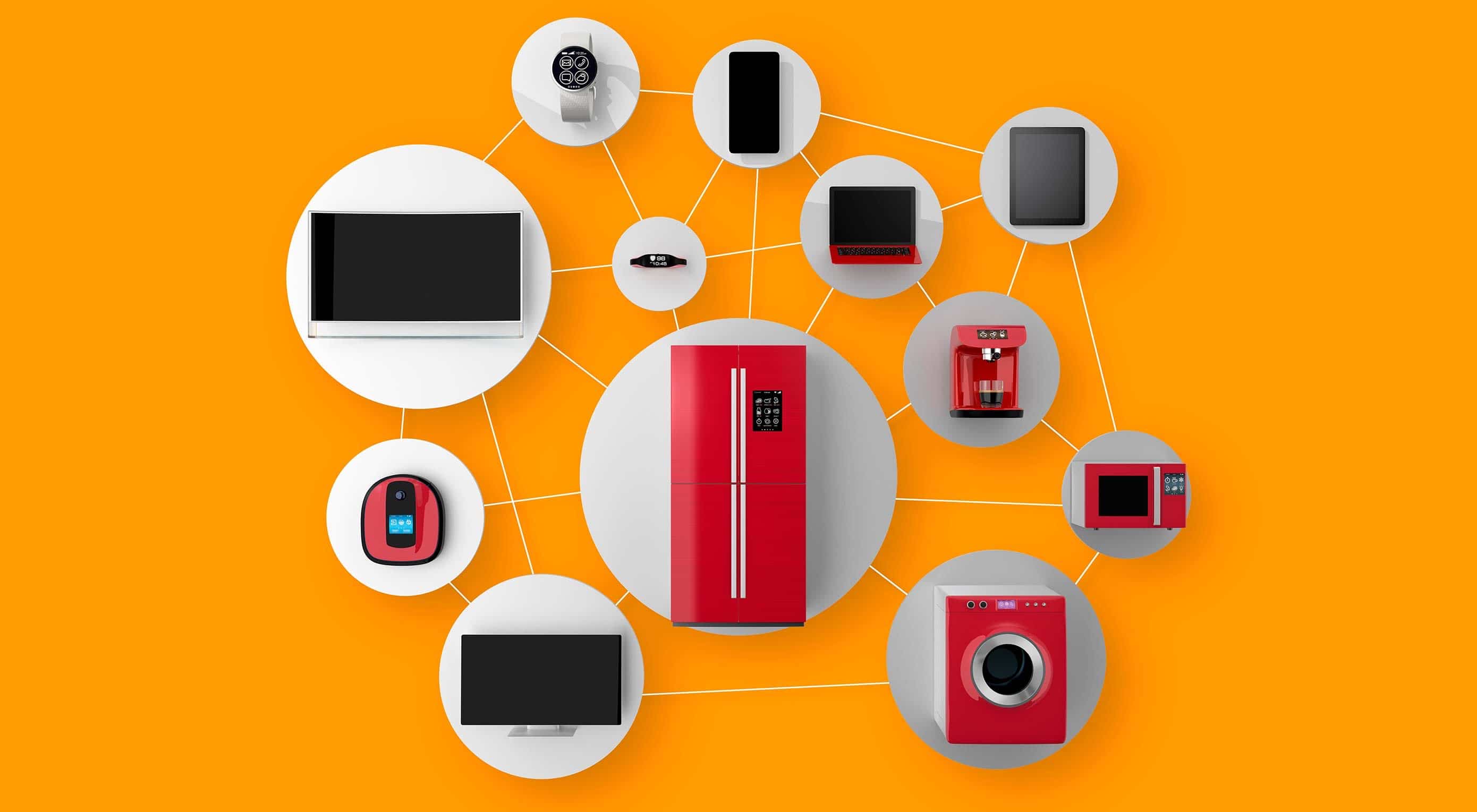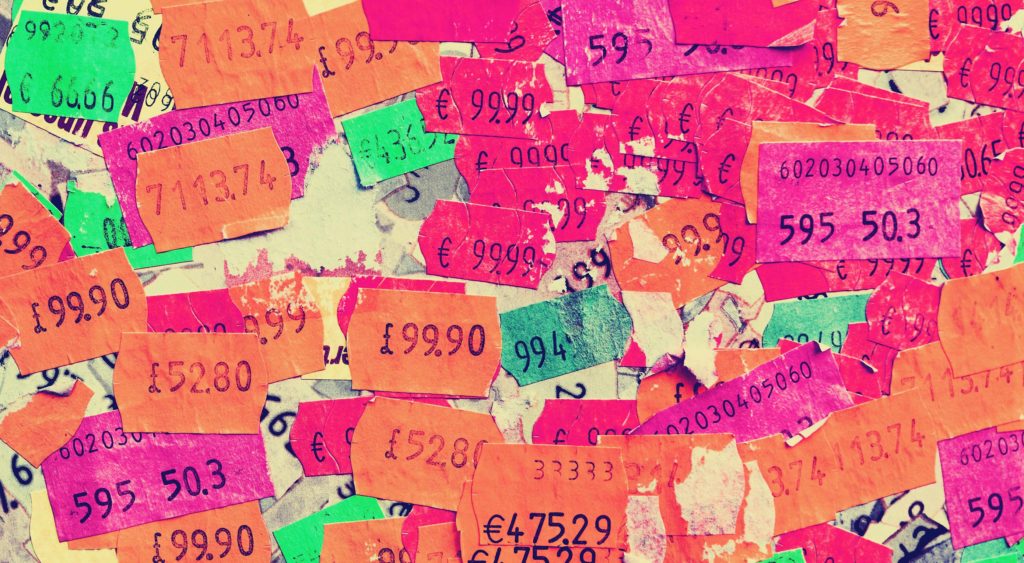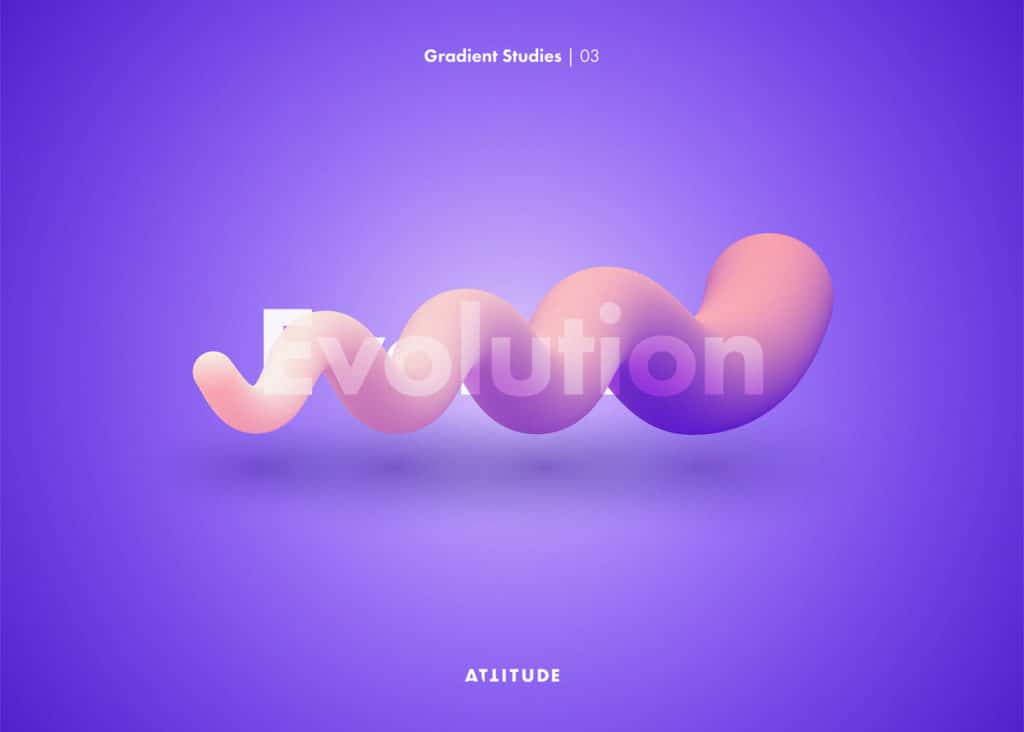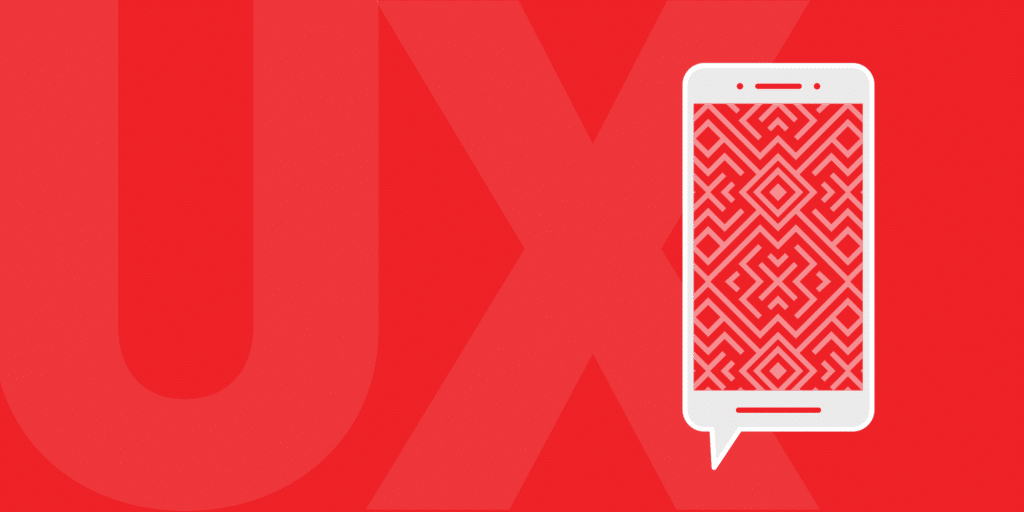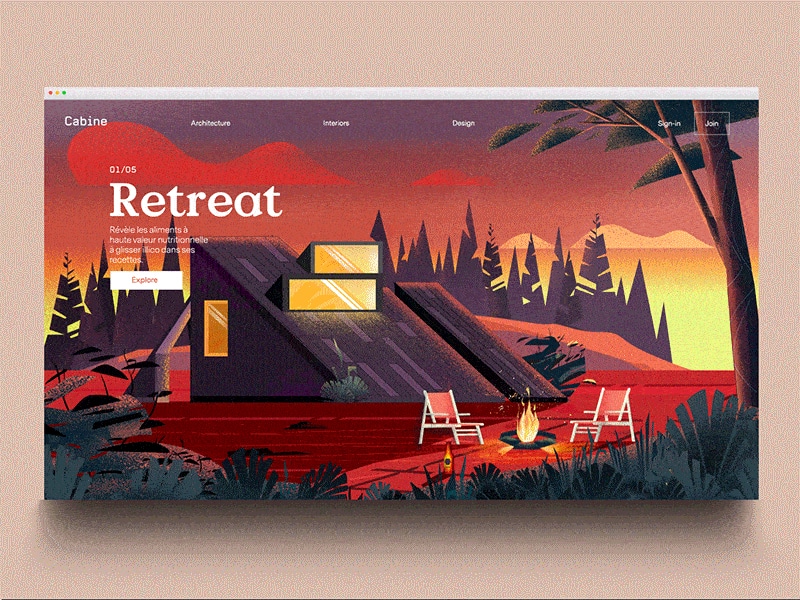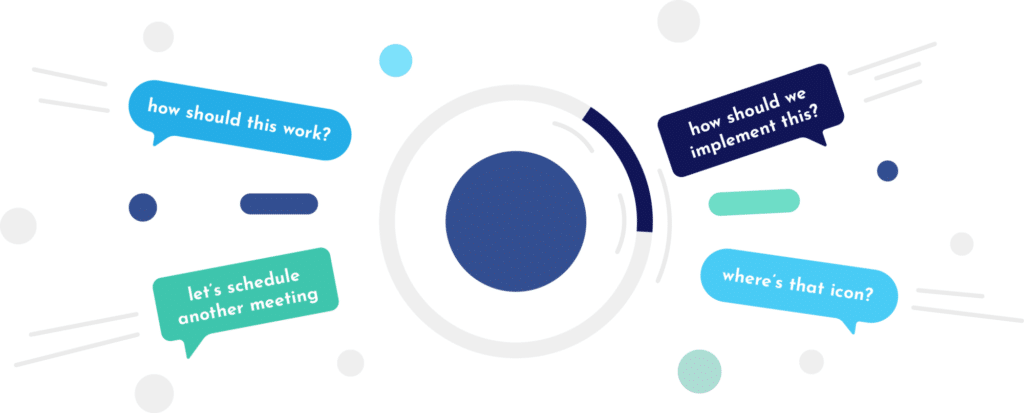Most people are familiar with the concept of a persona—a fictional character that embodies the traits of your target audience. Marketers gather details from user research and generate a representation of their ideal client. When developing a website or smartphone app, designing for a persona helps identify how users will interact.
Recently Bill Buxton took it one step further when he introduced the concept of a place-ona, a representation that uses smart device feedback to gather data on how and where users interface with their device. Find out how place-onas might give designers and business owners additional insight into consumer behavior and work as a tool in designing for specific locations…
Always Tracking
Most users rely on their smartphones or other mobile devices to provide useful information, but they seldom stop to think about how it’s gathered. In the past, individuals worried about technology interfering with privacy, but now users invest in wearable and portable technology that makes tracking easy. That same technology can help with UX design. Most smartphones currently track the following:
- Location: If you own an Android or have a Google account, access information on where you’ve been for as long as you’ve had your account. Google says your location history is only available to you, and it’s possible to delete portions, but many other apps provide designers with general location information after users provide consent at download. Snapchat’s Snap Map lets users share their locations and track friends using Bitmoji. Facebook Messenger and travel maps such as CityMapper display user location and helps them locate others nearby.
- Contacts: Phones gather contact lists and store calls, text messages and conversations through social media. An analysis of your most recent contacts and social media interactions provides a clear picture of those with whom you network the most. Apple’s Find My Friends helps users locate people in busy shopping centers and WhatsApp combines your phone contact list with current location data.
- Mood: Users post mood statements on social media for everyone to see, but that’s not the only way mobile devices track emotions. An Italian study on smartphones and mental health tracked patients for four months and found researchers could use location and activity data to predict mood with 94 percent accuracy. Adding information on call duration and recurrence enabled 97 percent accuracy.
Researchers use Apple’s Health App to unlock user information for research. Law enforcement uses smartphone data to solve crimes and assist in prosecution. Stored GPS information in a handset is more accurate than cell tower data because it includes a time stamp.
SafeGraph collects data on human interaction to create detailed maps of more than 50 million U.S. locations. They send data pings to smartphones to create high resolution GPS data and gather explicit and implicit information from large populations. They then use machine learning to check that information against third-party data such as mobile app developers and APIs to confirm its validity. Their goal is to understand how people intermingle with their physical surroundings.
Smartphones aren’t the only devices collecting data. FitBit measures how many calories users consume and their daily physical activity. Other wearable devices analyze sleep and heart rate.
Using Data To Create a Place-Ona
Bill Buxton is a computer scientist and designer from Canada currently working as one of the top researchers at Microsoft. His specialization is human-computer interactions. He believes innovation results from long-term perseverance and consistent thoughtfulness about human social interactions. He starts each new innovation by first being a keen observer. He created the term “place-ona” to explain how location and activity influences what type of technology people use.
Humans interact with technology using their eyes, ears, hands and voices. The type of input users choose depends on where they are and what they’re doing:
- In the library, users might be studying quietly while wearing ear buds. Their place-ona would be “voice restricted, hands free, eyes free, ears free.”
- In the car, users must keep their eyes on the road and their hands on the wheel. Their place-ona might be “eyes busy, hands busy, ears free, voice free.”
- While people are at home preparing supper, they may not want to touch their device because of what else might be on their hands. They could be described as “hands restricted, eyes, ears and voice free.”
- In a movie theater, users avoid using devices because screen brightness interferes with viewing. They can’t hear because of the movie volume and wouldn’t use voice input. Their place-ona restricts all forms of input.
In the library, the preferred input method would be touch. In the car, or while cooking, users would prefer to use voice. Users often silence their devices and put them away during a movie and are unlikely to respond to any type of communication.
Potential Uses
Location-based advertising allows marketers to target specific consumers with responsive billboards or text coupons triggered by proximity. A place-ona might eventually enable brands to make advertising even more hyper-targeted.
When someone is on a bicycle, his or her eyes and hands are restricted, but ears and voice are available. When the cyclist passes an advertisement or vendor for athletic apparel, they might be interested in receiving more information. If they had to wait until they got home to look it up, they are likely to forget, but they could verbally indicate interest and provide an email address to receive a coupon.
Designers are constantly looking for ways to make technology less intrusive and more intuitive to allow the user to remain immersed in the experience rather than having to disengage to interact with a machine. Body tracking applications and place-onas provide insight for designers and might be used in some of the following ways:
- In healthcare, designers are seeking to create touchless image manipulation for use during surgery and clinical evaluation. Solutions might use voice or gestures.
- Advances may result in interactive cooking apps where devices sense from user gestures and responses when it is time to move on to the next set of instructions.
- Video games might integrate environmental factors like lighting, furniture arrangement and background noise into play.
